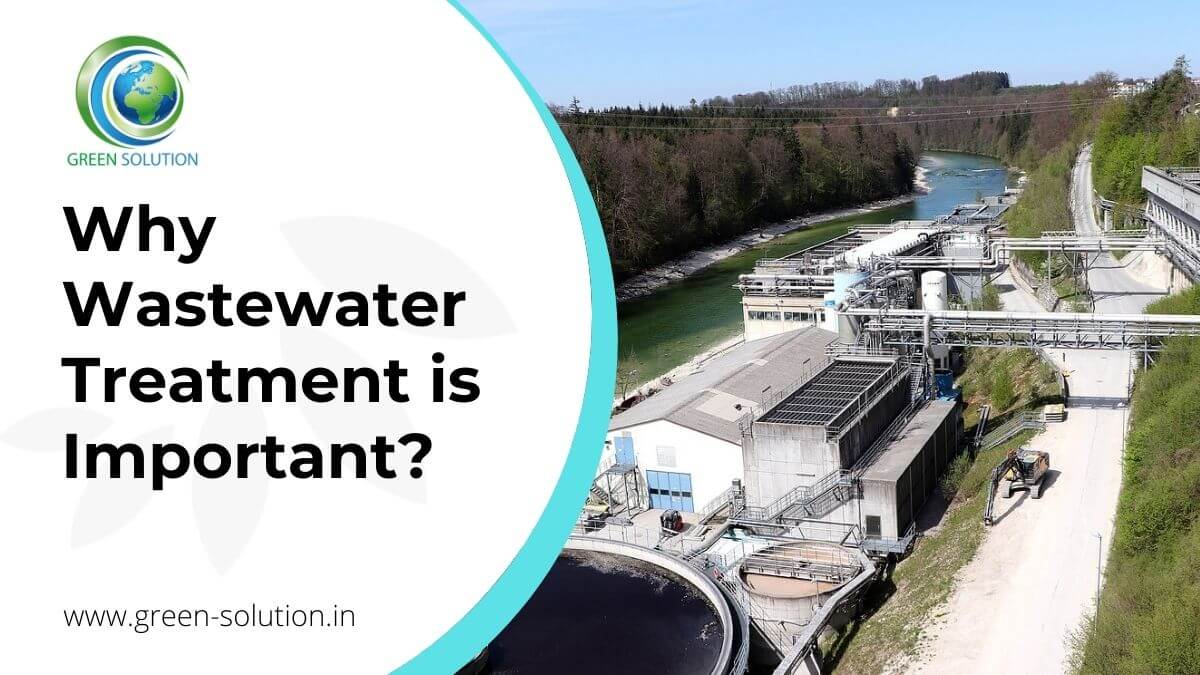The Ultimate Guide To Reclaim Waste
The Ultimate Guide To Reclaim Waste
Blog Article
Some Of Reclaim Waste
Table of ContentsNot known Facts About Reclaim Waste5 Easy Facts About Reclaim Waste ShownFacts About Reclaim Waste RevealedSome Of Reclaim WasteReclaim Waste Fundamentals Explained
Explore the types, events, and forms of liquid waste. Domestic sewer waste refers to the waste and products from a residential septic system. This sort of waste is created by humans in homes, colleges, and other structures. This only consists of septic systems that have a drainpipe field. The correct monitoring and disposal of domestic sewer waste require liquid waste to be moved to a sewer therapy plant where the proper approaches and devices are related to cleanse and get rid of waste.
Industrial waste typically includes possible hazards, such as flammable products or a blend of liquid and solid waste products, and calls for an advanced and comprehensive disposal procedure. The disposal of business waste typically includes the filtering of waste prior to transport to make certain secure and correct disposal. Industrial waste is created from by-products and runoff of industrial procedures and manufacturing.
This sort of waste can not utilize the exact same sewer management transportation or procedures as septic or commercial liquids. The hazardous waste administration procedure requires the assessment and testing of liquid waste before it goes through the disposal procedure (liquid waste removal). Drainage waste is the liquid waste that comes from runoff and excess stormwater in extremely inhabited areas or cities
Drainage waste can trigger contamination and flooding if not managed effectively. Guaranteeing correct waste administration can protect against calamities and minimize environmental harm.
Indicators on Reclaim Waste You Need To Know
Get in touch with PROS Providers today to learn concerning our waste management and disposal solutions and the appropriate ways to look after the liquid waste you produce.
(https://hub.docker.com/u/reclaimwaste1?_gl=1*1980ev1*_ga*MTgwOTc3Nzc2OS4xNzMxMzI1Mzkw*_ga_XJWPQMJYHQ*MTczMTMyNTM5MC4xLjEuMTczMTMyNTcwOC4xMC4wLjA.)Do you recognize what takes place to your water when you draw the plug, purge the commode or drain the cleaning maker? No? Well, it deserves knowing. This supposed 'wastewater' is not only an essential resource however, after treatment, will be launched to our land, waterways or the ocean. Utilized water from toilets, showers, bathrooms, kitchen sinks, laundries and industrial processes is referred to as wastewater.

water used to cool down equipment or tidy plant and devices). Stormwater, a kind of wastewater, is drainage that streams from agricultural and city areas such as roof coverings, parks, yards, roads, paths and gutters right into stormwater drains pipes, after rainfall. Stormwater moves without treatment directly to neighborhood creeks or rivers, ultimately getting to the sea.
The 7-Minute Rule for Reclaim Waste
In Queensland, many wastewater is dealt with at sewer therapy plants. Wastewater is carried from domestic or commercial websites through a system of drains and pump stations, understood as sewage reticulation, to a sewage treatment plant.
The Division of Natural Resources suggests local federal governments about handling, operating and keeping sewage systems and therapy plants. In unsewered areas, neighborhood governments may require owners to mount specific or house sewer therapy systems to treat domestic wastewater from toilets, kitchens, bathrooms and washings. The Department of Natural Resources authorizes using home systems when they are confirmed to be efficient.
In some brand-new subdivisions, treatment of some stormwater to remove clutter, sand and crushed rock has begun using gross pollutant catches. Wastewater treatment takes place in four phases: Gets rid of solid issue.
Uses small living organisms understands as micro-organisms to damage down and get rid of continuing to be dissolved wastes and fine bits. Micro-organisms and wastes are integrated in the sludge.
More About Reclaim Waste
Nutrient elimination is not readily available at all sewer treatment plants because it calls for expensive specialised devices. It is becoming a lot more usual in Queensland. Clear fluid effluent created after treatment might still consist of disease-causing micro-organisms. If this effluent is released into waterways such as rivers or the sea, the micro-organisms will at some point die out.

Many wastewater flows into the sewerage system. Under the Act, regional governments carry out approvals and permits for ecologically appropriate activities (Ages) including wastewater launches that might have a regional influence.
The Basic Principles Of Reclaim Waste
Monitoring gives valid information regarding water high quality and can confirm that licence problems are site here being met. The info obtained through monitoring offers the basis for making water top quality decisions.
Report this page